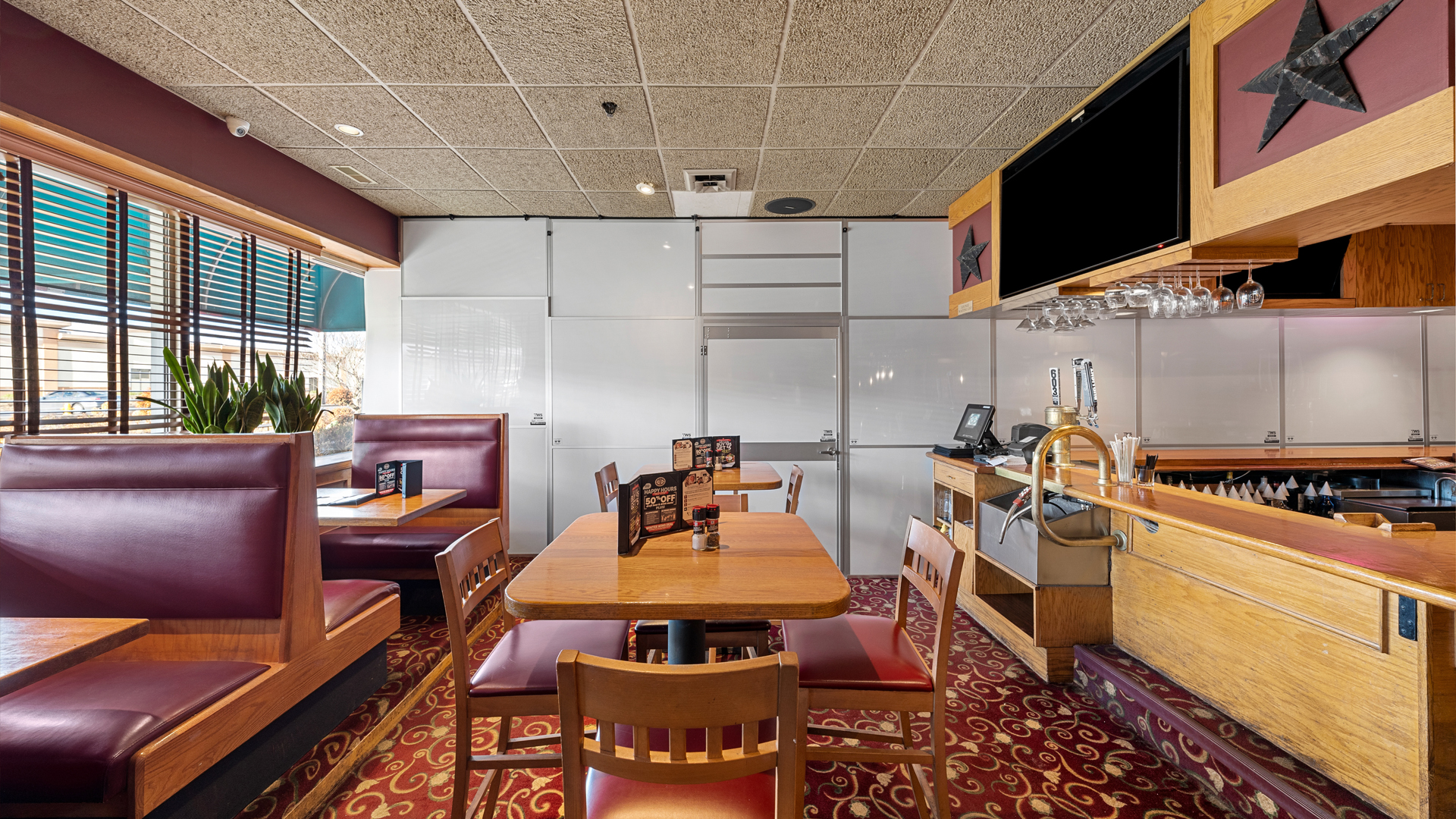
Temporary containment solutions play a critical role in modern construction and renovation projects. This presentation will delve into the various applications, benefits, and best practices associated with using temporary modular wall systems in construction and renovation projects. The session will address key aspects such as effective containment of dust and debris, noise reduction, and compliance with Infection Control Risk Assessment (ICRA) standards. Attendees will gain insights into how these systems can enhance project efficiency, environmental responsibility, and overall safety on job sites.
Learning Objectives:
Learning Objective 1:
Describe the key differences between traditional drywall containment and temporary modular wall systems including installation processes, material efficiency, and environmental impact.
Learning Objective 2:
Identify the benefits of using temporary modular wall systems in various construction environments such as commercial, healthcare, and residential projects.
Learning Objective 3:
Explain how temporary containment solutions can improve site safety and operational efficiency by reducing dust, noise, and disruption during construction activities.
Learning Objective 4:
Apply Infection Control Risk Assessment (ICRA) standards in the selection and implementation of temporary containment solutions to ensure compliance and enhance safety in sensitive environments such as hospitals and laboratories.
